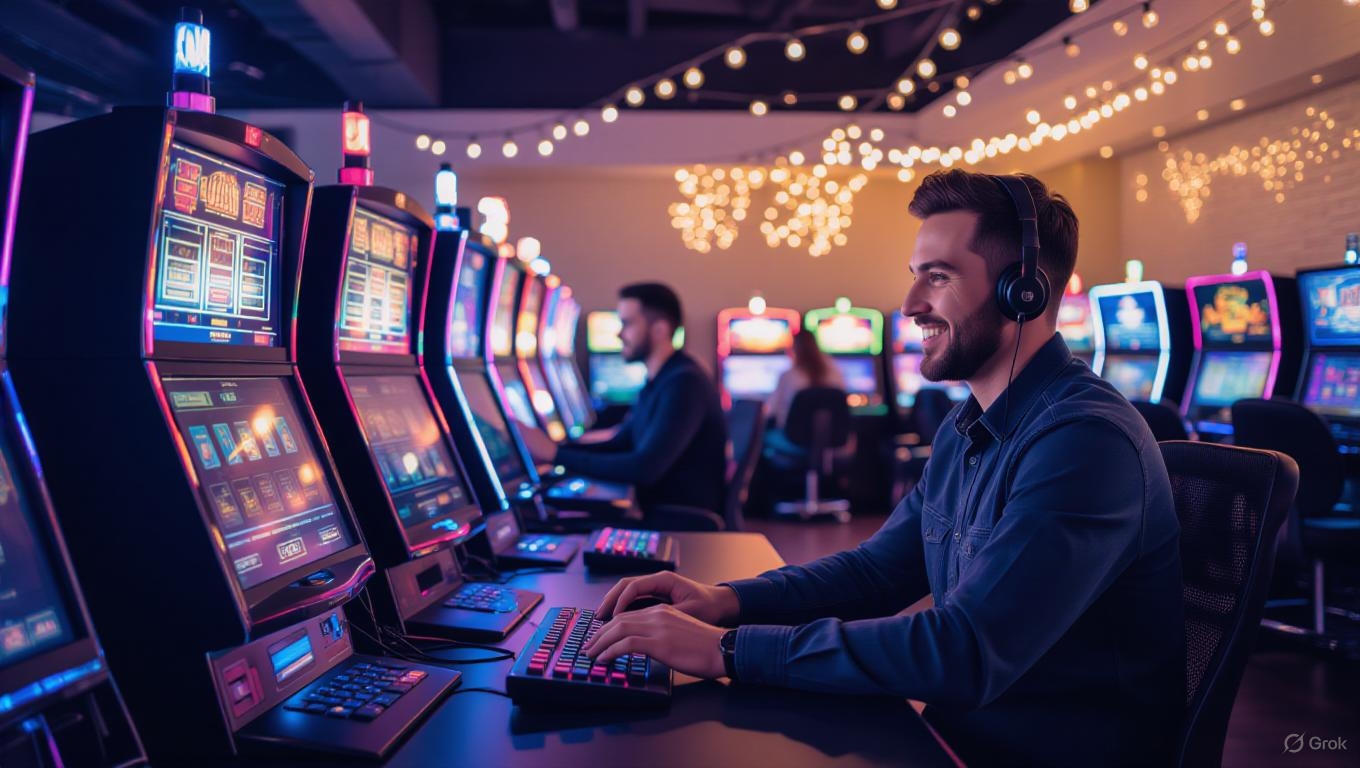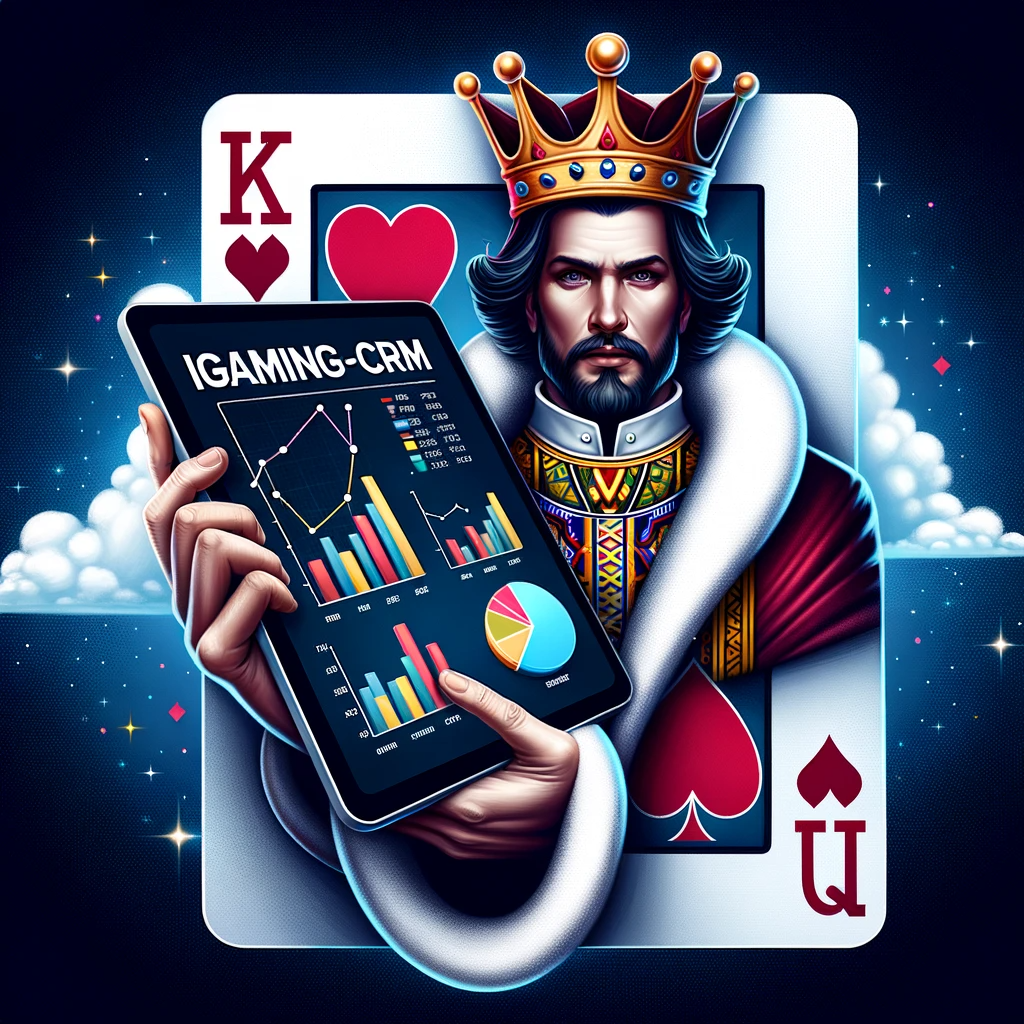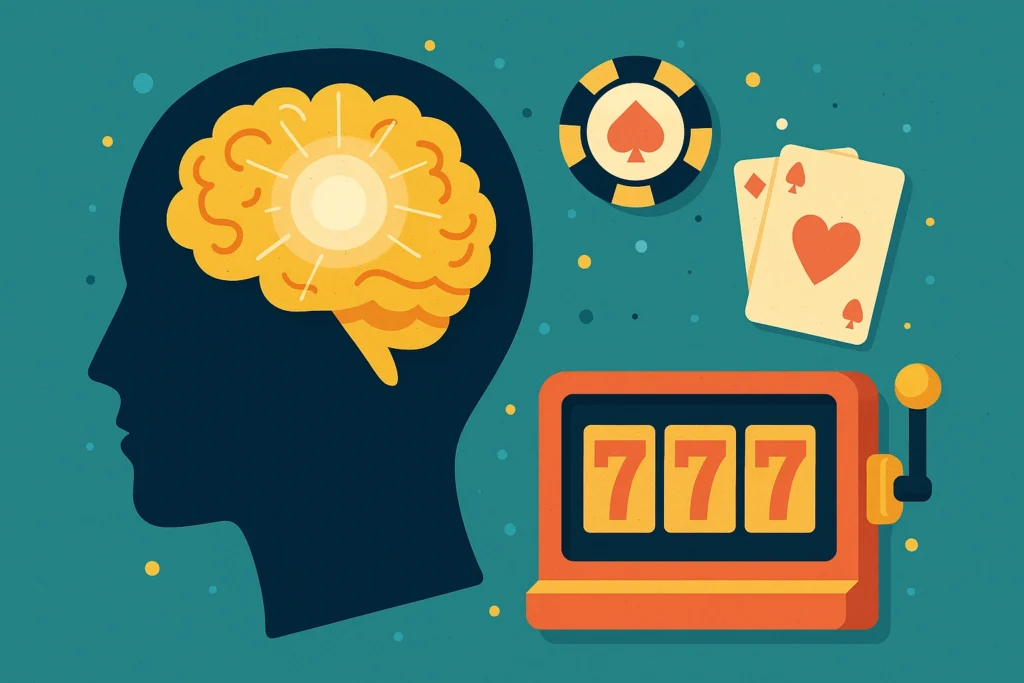Best CRM Services for iGaming: Top Solutions for Your Business

Introduction
The iGaming industry has experienced exponential growth in recent years, with more companies emerging in online gaming, betting, and casino platforms. As the competition intensifies, iGaming operators must find ways to engage players, improve customer satisfaction, and ensure long-term retention. One key tool for achieving this is Customer Relationship Management (CRM).
CRM services for iGaming are tailored to meet the unique needs of online gaming platforms, offering advanced features for player engagement, marketing, and support. These solutions enable businesses to track player behaviors, enhance customer experiences, and drive profitability through data-driven insights.
In this blog, we’ll explore the best CRM services for iGaming, their core features, and how these tools can help your business streamline operations, boost player loyalty, and improve revenue generation.
Why CRM Services Are Crucial for iGaming Businesses
1. Player Engagement and Retention
The iGaming industry thrives on player engagement. With countless options available, players often switch platforms, making player retention one of the biggest challenges for iGaming operators. CRM services help businesses track player behavior and identify opportunities to keep players engaged through personalized promotions, bonuses, and offers.
By integrating CRM services for iGaming, businesses can send targeted communications based on player preferences, game history, and activity. This personalized approach increases player satisfaction, which is key to retaining them in the long term.
2. Enhanced Customer Support
Effective customer support is crucial in any industry, but it is especially critical in the iGaming world, where players expect immediate assistance. CRM solutions for iGaming streamline communication channels, allowing businesses to manage customer support tickets, chat requests, and inquiries all in one place.
With real-time tracking of player issues, iGaming operators can respond more quickly and efficiently, improving overall customer satisfaction. CRM services help agents gain a 360-degree view of the player’s history, enabling them to offer tailored solutions.
3. Data-Driven Marketing
Effective marketing is essential for driving traffic to an iGaming platform. CRM services enable businesses to use player data to create customized marketing campaigns, ensuring that promotions and bonuses are tailored to each player’s preferences and behaviors.
For example, a multi-channel CRM for iGaming can use data from players’ interactions on various platforms (website, mobile app, email) to target specific promotions. CRM marketing for iGaming can lead to higher conversion rates, as players receive relevant offers that align with their gaming habits.
4. Real-Time Analytics and Reporting
In the fast-paced iGaming industry, real-time insights are necessary for businesses to make informed decisions. CRM software for iGaming provides robust analytics features that track and report key performance indicators (KPIs) such as player lifetime value (LTV), churn rates, and player activity.
These analytics enable businesses to make data-driven decisions about marketing strategies, player retention efforts, and product offerings. CRM services help iGaming businesses stay competitive by continuously optimizing strategies based on real-time data.
Top CRM Services for iGaming
1. Salesforce for iGaming
Salesforce is a global leader in CRM solutions, and its platform can be tailored for the iGaming industry. Known for its scalability and customization, Salesforce helps iGaming operators engage players, track behavior, and deliver personalized marketing campaigns. With robust features for player engagement, multi-channel communication, and real-time reporting, Salesforce is a popular choice for large-scale iGaming businesses.
Key Features:
- Customizable dashboards for tracking player behavior
- Automated marketing campaigns based on player activity
- Real-time analytics for player retention and engagement
Best For: Large iGaming businesses that need a comprehensive CRM platform with advanced features and scalability.
2. HubSpot CRM for iGaming
HubSpot CRM is known for its user-friendly interface and powerful marketing automation tools. For iGaming operators, HubSpot offers a range of tools to attract, engage, and retain players. It provides seamless integration with other marketing platforms and enables businesses to automate player communication and follow-ups.
Key Features:
- Email marketing automation for personalized player communication
- CRM workflows for player engagement
- Analytics and reporting to track the performance of campaigns
Best For: Small to mid-sized iGaming companies looking for an easy-to-use platform that integrates well with other marketing tools.
3. iGaming CRM by FSB Tech
FSB Tech is an iGaming-focused CRM service provider that specializes in sports betting and gaming platforms. Their iGaming CRM system helps businesses manage player databases, track player behaviors, and optimize marketing strategies. The platform offers multi-channel support, including SMS, email, and push notifications, making it ideal for businesses looking to engage players across various touchpoints.
Key Features:
- Real-time player data tracking for tailored offers
- Push notifications and email campaigns for player retention
- Advanced segmentation for personalized marketing
Best For: iGaming businesses in the sports betting sector, especially those with complex player management needs.
4. Optimove for iGaming
Optimove is a customer retention platform that combines CRM services for iGaming with predictive analytics. It uses data science to help iGaming operators predict player behavior, segment players, and tailor marketing campaigns. Optimove’s CRM marketing solutions enable businesses to personalize communications based on player actions, leading to improved retention and engagement.
Key Features:
- Predictive analytics for personalized marketing
- Automated campaign management across multiple channels
- Customer lifecycle tracking for long-term retention
Best For: Mid to large iGaming businesses that want to leverage predictive analytics to improve player engagement.
5. Betgenius CRM Solutions
Betgenius provides specialized CRM solutions for iGaming with a focus on sports betting and digital gaming platforms. The platform integrates customer data with real-time insights to deliver personalized offers, promotions, and communications. Betgenius also offers player segmentation, helping businesses optimize engagement across different player demographics.
Key Features:
- Real-time data analysis for personalized offers
- Multi-channel CRM to engage players across various platforms
- Player segmentation for targeted promotions
Best For: Sports betting and gaming operators looking for a tailored CRM solution with real-time insights.
How to Choose the Right CRM Service for Your iGaming Business
1. Understand Your Business Needs
The first step in choosing the best CRM service for iGaming is understanding your business’s specific needs. Are you looking for an all-in-one solution, or do you need a platform that integrates with other marketing tools? Consider the scale of your operations, the level of customization required, and the number of players you need to engage.
2. Scalability and Flexibility
As your iGaming business grows, your CRM needs will evolve. Ensure that the CRM service you choose can scale with your business. Look for platforms that offer customization options and can handle a large volume of player data.
3. Data Security and Compliance
In the iGaming industry, player data security is paramount. Ensure that the CRM platform you choose adheres to global data protection regulations, such as the GDPR (General Data Protection Regulation), to safeguard your players’ sensitive information.
4. Integration Capabilities
Your CRM platform should integrate seamlessly with other systems you use, such as payment gateways, marketing platforms, and customer support tools. Choose a CRM service that supports these integrations for a smooth user experience.
Conclusion
CRM services for iGaming are essential for businesses looking to enhance player engagement, improve retention, and streamline operations. By choosing the right CRM solution, iGaming businesses can better understand player behavior, deliver personalized experiences, and optimize marketing campaigns to increase player loyalty and revenue.
The best CRM solutions for iGaming provide businesses with the tools they need to manage customer relationships effectively, making it easier to build long-term success in this competitive industry. Whether you’re a large-scale operator or a small startup, implementing a CRM system tailored to the unique needs of the iGaming industry can significantly enhance your customer relationship management efforts.
Get Started with CRM for Your iGaming Business Today
Ready to improve your iGaming CRM and take your player engagement to the next level? Subscribe to our newsletter for more insights on CRM solutions for iGaming, or download our guide to help you choose the best CRM platform for your business!




